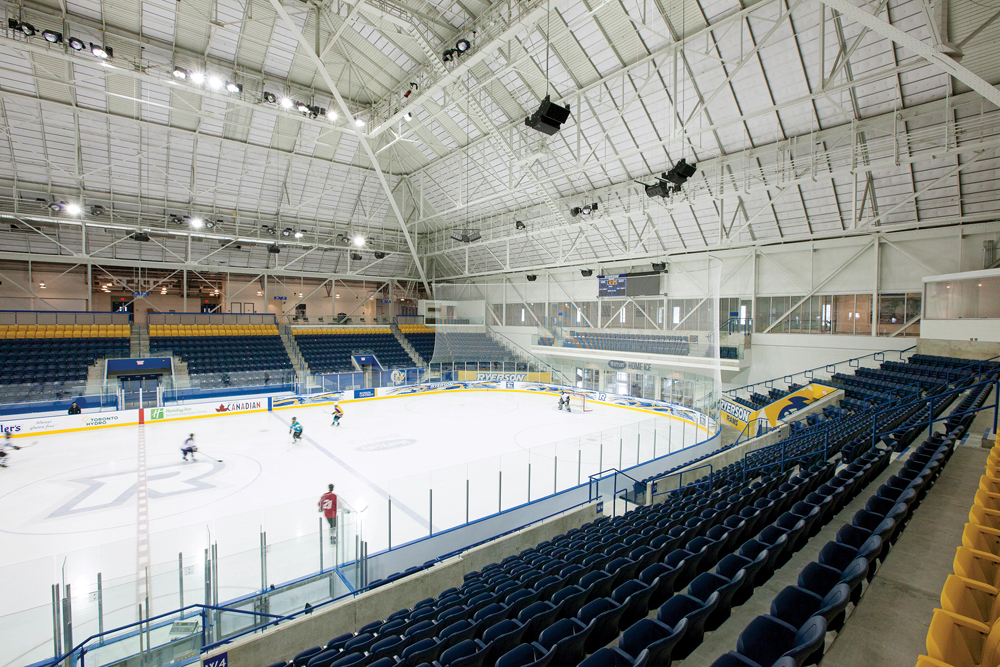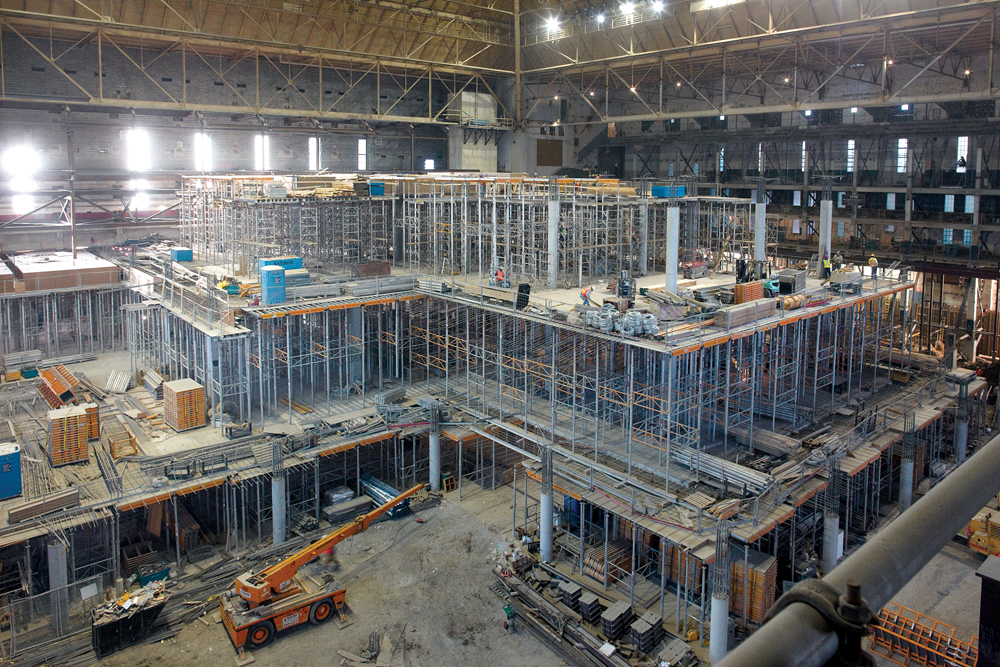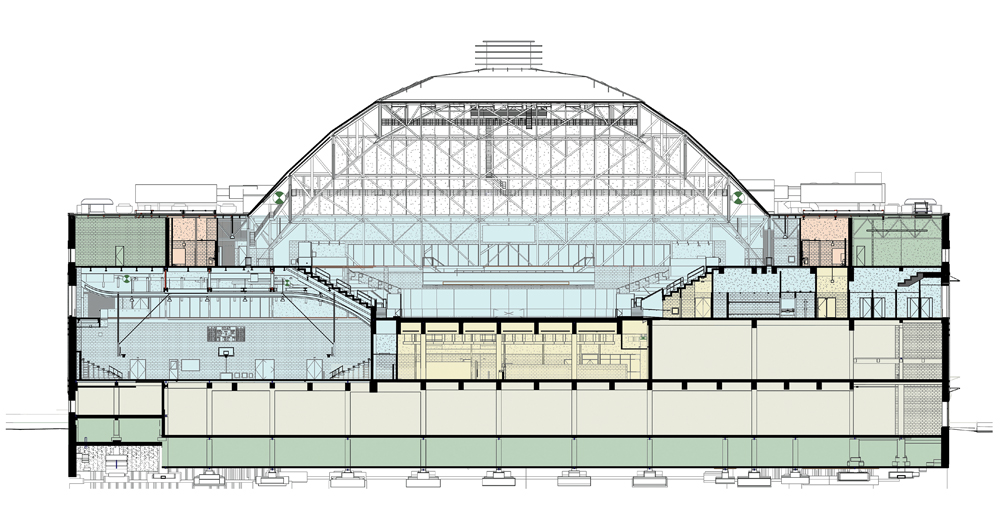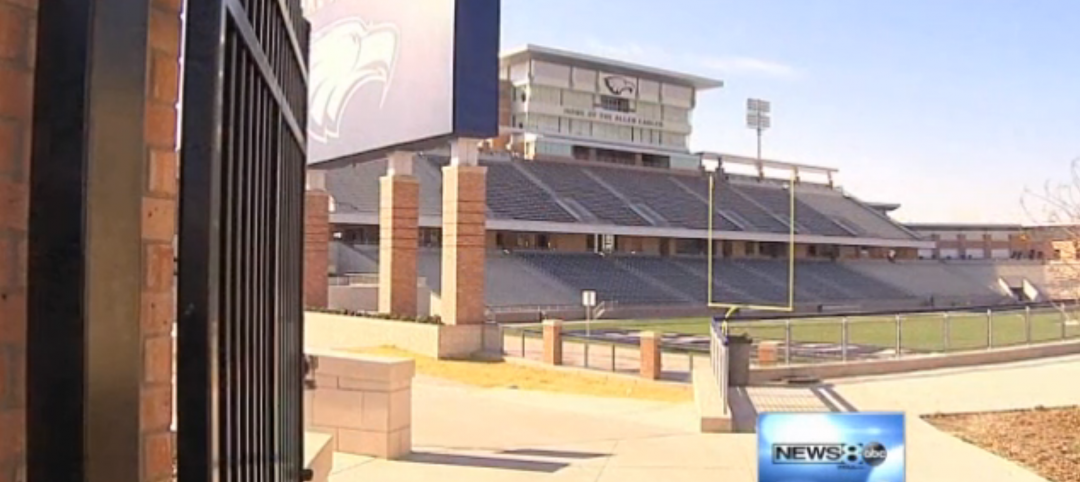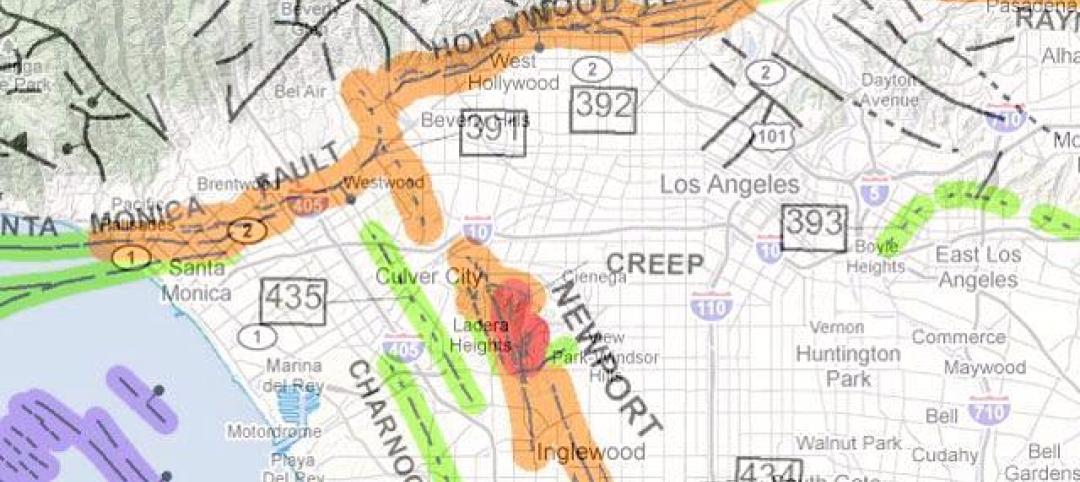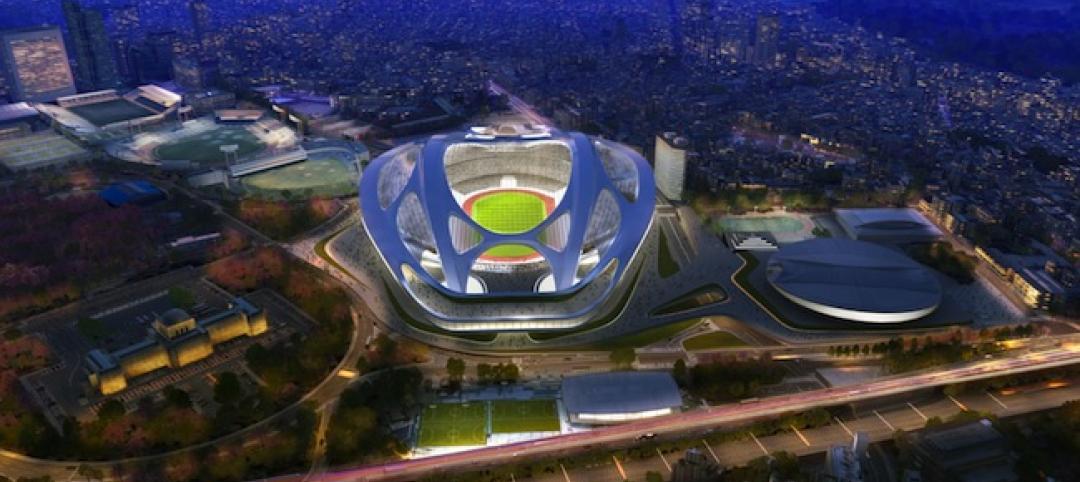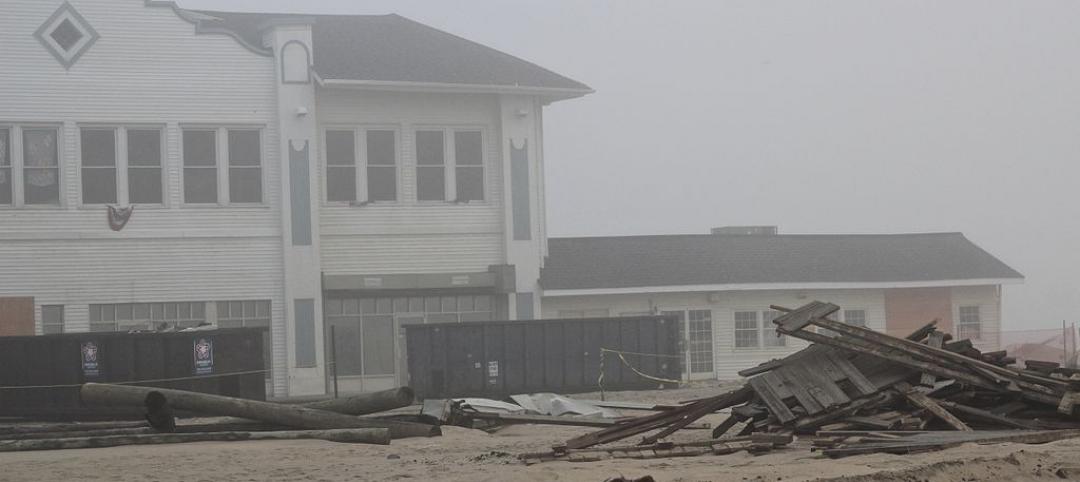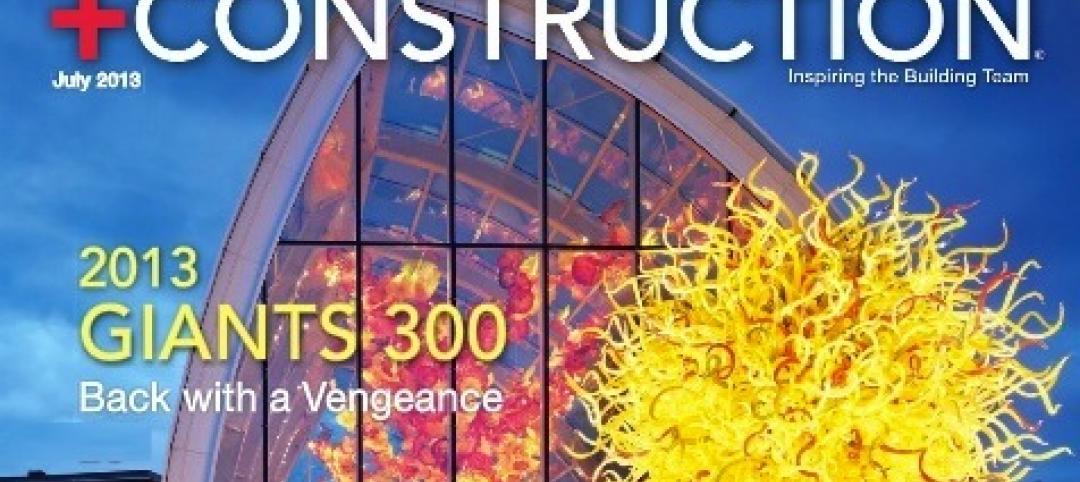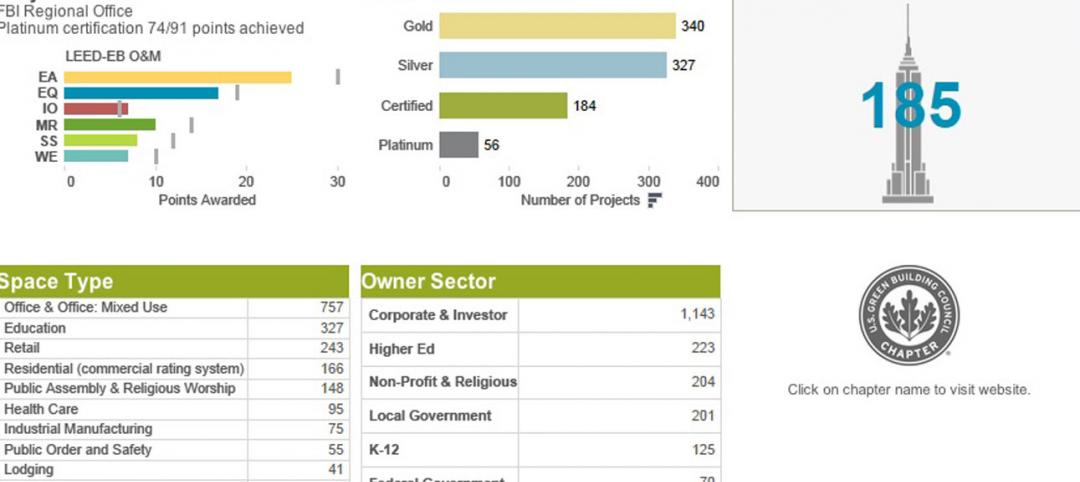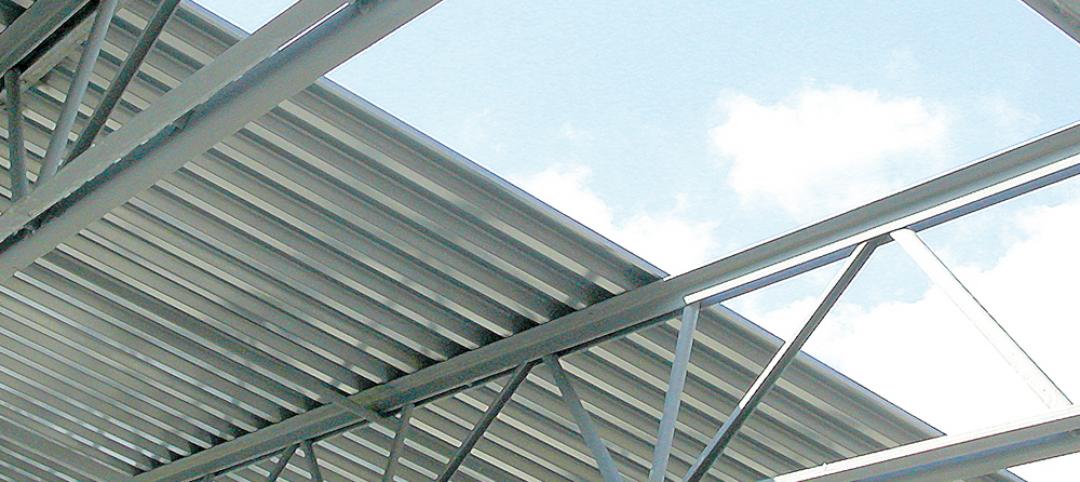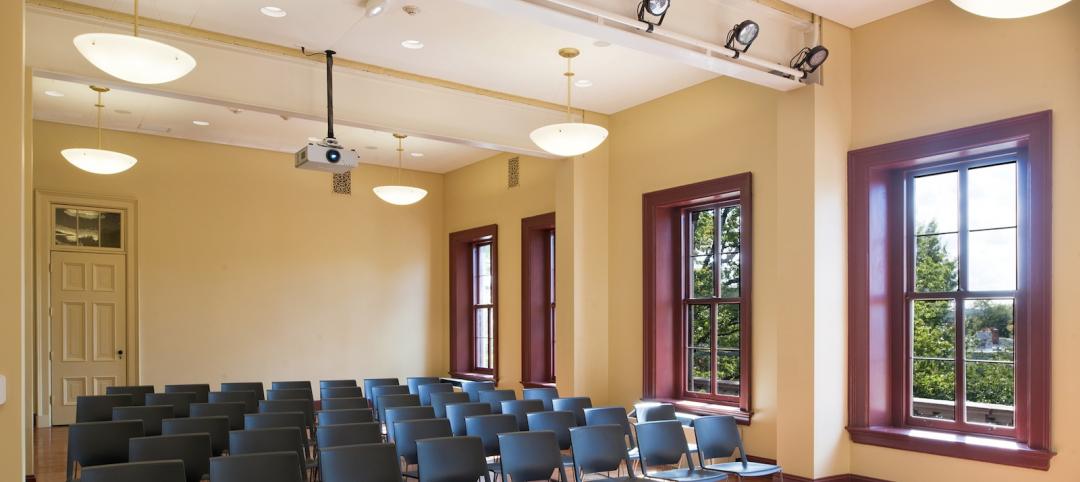Home to the NHL’s Toronto Maple Leafs from 1931 to 1999, Maple Leaf Gardens was widely considered one of the “cathedrals” of ice hockey. The 16,300-seat arena, designed by the prominent Montreal-based firm Ross and Macdonald, also played host to concerts, sporting events, and political rallies, and was known for its superb sightlines.
By the late 1990s, the grand ol’ gal had seen her better days, and an ownership change in the Leafs organization meant the club would be moving to the newly built and larger (18,800-seat) Air Canada Centre. For the next decade, the historic arena sat mostly idle as the new kid in town attracted the major events in Toronto.
In 2004, Loblaw Companies, Canada’s largest food retailer, purchased the Gardens and proposed several unpopular schemes for redeveloping the arena—including one that called for converting the interior to a Real Canadian Superstore and parking structure. It wasn’t until Loblaw was approached by Ryerson University that it would develop a plan that stuck. The downtown-based university was in dire need of a recreation center and a facility for its hockey team. The two organizations, with funding from the Canadian Federal Government and private donors—including a $15 million gift from Canadian homebuilder Mattamy Homes—committed to partner and bring the building back to life.
Their plan was audacious: retain and restore the building’s historic exterior fac?ade, including its steel-frame dome, while gutting the lion’s share of the interior spaces to make way for a new, four-level, multipurpose structure to house a grocery store and retail space at street level (85,000 sf) and the university’s sports complex on the three floors above (220,000 sf). Topping the new structure is a 2,800-seat, NHL-sized ice rink that emulates the original Gardens, with angled corners, rail seats, and its famous “corner blues” seats, which were restored. The $60 million project also added a level of below-grade parking. The iconic marquee was rebuilt and became the new entrance to the Ryerson University Athletic Facility.
Throughout the project, the team monitored the existing structure and exterior walls for movement and strain, using a proprietary computerized fiber-optic system that sounded an alarm and sent email notifications when it registered readings beyond the prescribed tolerances.
MATTAMY ATHLETIC CENTRE AT MAPLE LEAF GARDENS
Toronto, Ont.Building TeamSubmitting firm: BBB Architects Toronto (architect, Ryerson University component)Owner: Ryerson UniversityDeveloper: Loblaw PropertiesArchitect: Turner Fleischer Architects (base building)Historial architect: ERA ArchitectsStructural engineer: expMechanical engineers: The mitchell Partnership (Ryerson University); SNC Lavalin/LKm (base building)Electrical engineers: Mulvey Banani (Ryerson University); Hammerschlag & Joffe (base building)General contractor: ButtconGeneral InformationSize: 305,000 sfConstruction cost: $60 millionConstruction time: January 2010 to October 2011Delivery method: CM at risk
Once the shell was stabilized, the team demolished most of the seating bowl structure and then excavated 23 feet below grade to accommodate the parking level. From there, the four-level, poured-in-place concrete structure was erected in tiers and tied to the existing structure, providing the required support for the shell. The temporary bracing was removed and large openings were cut into the corner buttresses to accommodate parking ramps and the main entrance. A large, 80-by-16-foot opening was created in the north fac?ade to accommodate a new loading dock.
Placing the ice rink atop the new interior structure—50 feet above street level—posed a number of issues for the Building Team. Chief among them was ensuring that the rink would be fully isolated from the structure below. This was accomplished by installing a waterproof membrane to manage against leaks and a thermal barrier sandwiched between the chilled rink slab and the structural slab to help regulate the temperature. A portion of the refrigeration’s waste heat keeps the under-slab of the third floor warm enough to prevent condensation below, and a network of piping in the 3-inch-thick under-slab circulates warm water to keep temperatures constant.
The Reconstruction Awards judges praised the Building Team for its close collaboration in executing this complex redevelopment and restoration project while meeting the requirements of working on a National Historic Site.
“You can’t pull off a project this complex this beautifully without having everyone of the Building Team members on the same page,” said judge Rick Juneau, LEED AP, President of Residential and Restoration with Bulley & Andrews (www.bulley.com).
Juneau and the other judges noted that the project serves as a good case study for cities and municipalities dealing with outdated or derelict sports venues.
This cross section shows the different functions in the facility. The program includes: university athletic space (blue), university circulation areas (yellow), Loblaws retail space (beige), back-of-house space (green), washrooms and locker rooms (red), and common circulation space (gray).
The program also incorporates a 1,000-seat basketball/volleyball gymnasium, training gym, fitness studios, fitness center, and academic and lab space for the university’s sports sciences, kinesiology, and sports therapy departments.
Related Stories
| May 23, 2014
Top interior design trends: Gensler, HOK, FXFOWLE, Mancini Duffy weigh in
Tech-friendly furniture, “live walls,” sit-stand desks, and circadian lighting are among the emerging trends identified by leading interior designers.
| May 22, 2014
Just two years after opening, $60 million high school stadium will close for repairs
The 18,000-seat Eagle Stadium in Allen, Texas, opened in 2012 to much fanfare. But cracks recently began to appear throughout the structure, causing to the school district to close the facility.
| May 20, 2014
Kinetic Architecture: New book explores innovations in active façades
The book, co-authored by Arup's Russell Fortmeyer, illustrates the various ways architects, consultants, and engineers approach energy and comfort by manipulating air, water, and light through the layers of passive and active building envelope systems.
| May 19, 2014
What can architects learn from nature’s 3.8 billion years of experience?
In a new report, HOK and Biomimicry 3.8 partnered to study how lessons from the temperate broadleaf forest biome, which houses many of the world’s largest population centers, can inform the design of the built environment.
| May 16, 2014
Toyo Ito leads petition to scrap Zaha Hadid's 2020 Olympic Stadium project
Ito and other Japanese architects cite excessive costs, massive size, and the project's potentially negative impact on surrounding public spaces as reasons for nixing Hadid's plan.
| May 13, 2014
19 industry groups team to promote resilient planning and building materials
The industry associations, with more than 700,000 members generating almost $1 trillion in GDP, have issued a joint statement on resilience, pushing design and building solutions for disaster mitigation.
| May 11, 2014
Final call for entries: 2014 Giants 300 survey
BD+C's 2014 Giants 300 survey forms are due Wednesday, May 21. Survey results will be published in our July 2014 issue. The annual Giants 300 Report ranks the top AEC firms in commercial construction, by revenue.
| Apr 29, 2014
USGBC launches real-time green building data dashboard
The online data visualization resource highlights green building data for each state and Washington, D.C.
| Apr 9, 2014
Steel decks: 11 tips for their proper use | BD+C
Building Teams have been using steel decks with proven success for 75 years. Building Design+Construction consulted with technical experts from the Steel Deck Institute and the deck manufacturing industry for their advice on how best to use steel decking.
| Apr 2, 2014
8 tips for avoiding thermal bridges in window applications
Aligning thermal breaks and applying air barriers are among the top design and installation tricks recommended by building enclosure experts.


